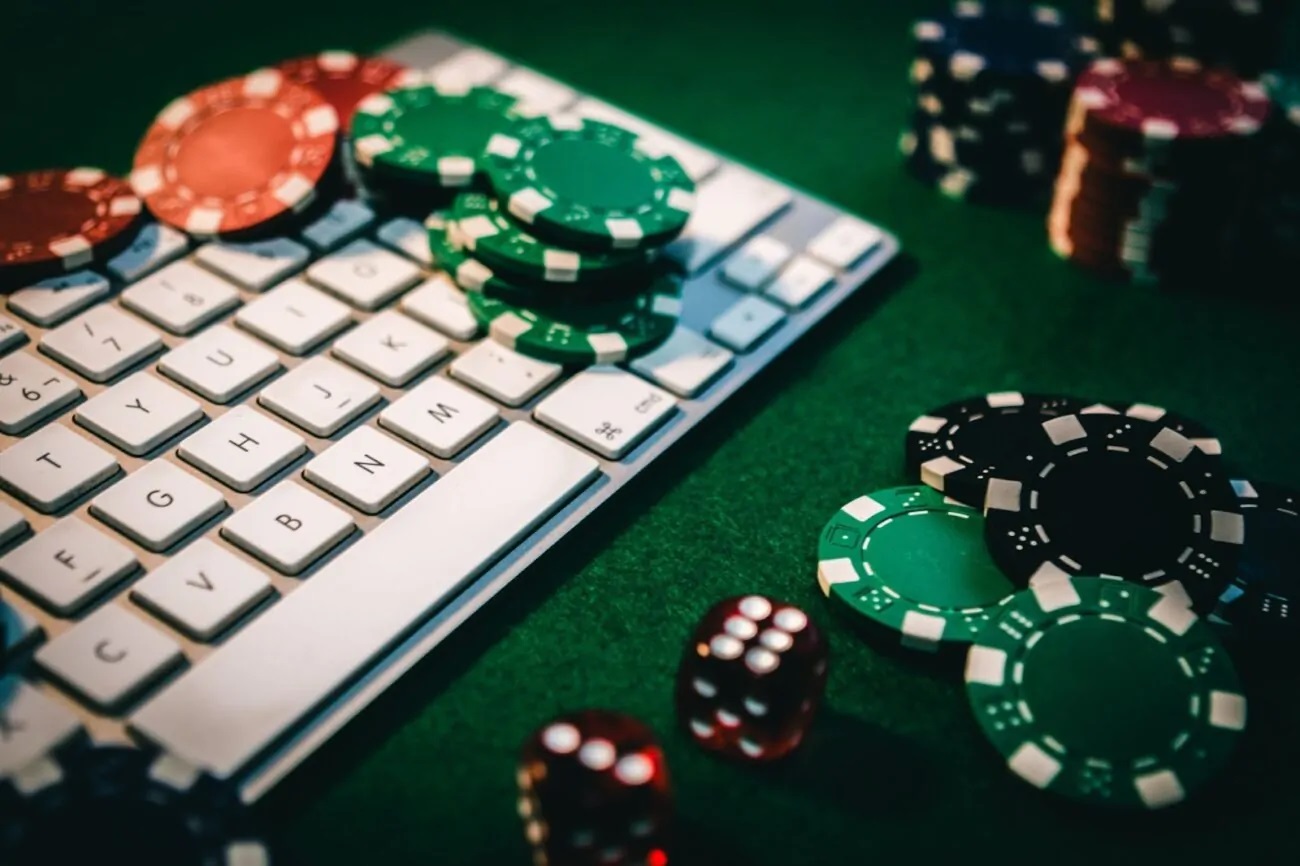Gambling has been a core part of human culture since time immemorial, and with the advent of technology, traditional forms of gambling, including slot machines, have evolved dramatically. The masukslot, a mainstay of many gaming establishments, has transitioned from its basic mechanical form into a high-tech, online staple. This transformation has not only altered the gaming experience but also marks the significant societal and technological shifts over the years.
In this article, we’ll explore the fascinating evolution of masuk slot games, shedding light on their historical significance and modern-day implications.
Roots in the One-Armed Bandit
The term ‘slot machine’ originates from the slots (or notches) on the reels which players would traditionally pull to set the game in motion. The first-ever slot machine was created in 1891 by Sittman and Pitt of Brooklyn, New York. It was a precursor to what we recognize today, a machine that contained five drums and a total of 50 card faces. It wasn’t until 1895, however, when a car mechanic from San Francisco, Charles Fey, built the first true ‘slot machine’ with automatic payout capabilities, famously known as the ‘Liberty Bell’ because of its jackpot symbol.
This early stage of slot gaming, which persisted into the mid-20th century, emphasizes the mechanical nature of the game and the aesthetic simplicity that defined it. It required physical interaction, pulling a lever, that symbolized the excitement and engagement that gambling promised.
Technological Advancements in Slots
The mid-1900s marked a significant milestone for slot machines with the introduction of electrical components. This era witnessed the replacement of the traditional spring-driven mechanism with a more electrically-powered system, making games more reliable and available in a more diversified range. The first electromechanical slot, Money Honey, was introduced by Bally Technologies in 1963, which could make automatic payouts of up to 500 coins without any assistance from an attendant.
With the arrival of video slots in the 1970s, the industry took a dramatic turn. These machines used a modified 19-inch Sony Trinitron Color Receiver for the display and logic boards for all slot machine functions. The incorporation of these technologies allowed for more complex displays and sounds, paving the way for a variety of themes and features to add to the intrinsic suspense and thrill of the game.
The Digital Revolution and Masuk Slot
The digital revolution of the late 20th century catalyzed the most significant shift in slot machine history. With the proliferation of personal computers and the internet, the transition from mechanical and video slots to online slots was inevitable. Software developers like Microgaming and Playtech began to create online versions of the traditional slot games, offering unmatched convenience and variety to players worldwide.
The emergence of online casinos and the subsequent rise of mobile gaming have redefined the masuk slot, making it accessible to a global audience at any time. The development of random number generators (RNGs) has ensured that these virtual slot machines are fair and secure, with each spin being independent and not influenced by past spins.
Conclusion
From the clunky machines of the Wild West’s saloons to the sleek, interactive online versions accessible today, the evolution of the masuk slot represents more than just a change in style. It’s indicative of human innovation and progression, showcasing our ongoing quest to make leisure activities more engaging and inclusive. The future of slot gaming may well see a new paradigm with the integration of virtual reality and augmented reality, promising an even more immersive experience.
The trajectory of the masuk slot’s evolution is a testament to the gambling industry’s resilience and adaptability. It has embraced change and continues to thrive in an environment where traditional and modern approaches coexist. It’s this willingness to evolve that ensures such games remain at the heart of the entertainment landscape for generations to come.







